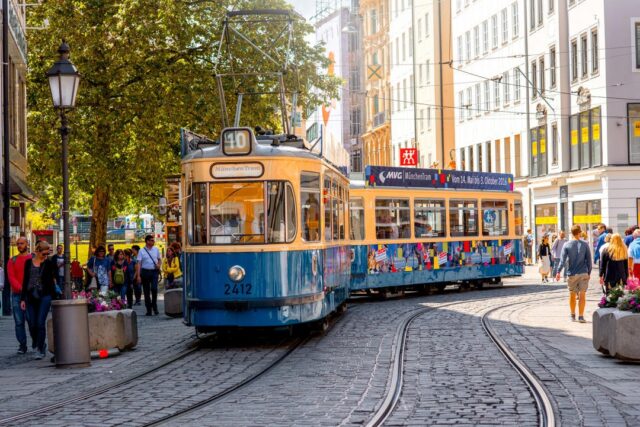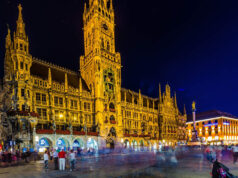Getting around Munich can feel effortless once you learn the system. Whether you’re exploring the old town, heading to the Allianz Arena, or planning a trip to the Alps, the city has every type of transport you need.
This guide covers everything—subways, trams, buses, taxis, and rentals—so you can move confidently and efficiently.
Key Highlights
- Munich’s transport network is clean, reliable, and well-integrated.
- The U-Bahn and S-Bahn cover most of the city and surrounding areas.
- Trams and buses offer scenic and local routes.
- Car rentals help with day trips and countryside exploration.
- Taxis and ride apps offer comfort when public transit isn’t practical.
- Premium services offer tailored experiences for luxury travelers.
U-Bahn and S-Bahn: The City’s Fast Lane
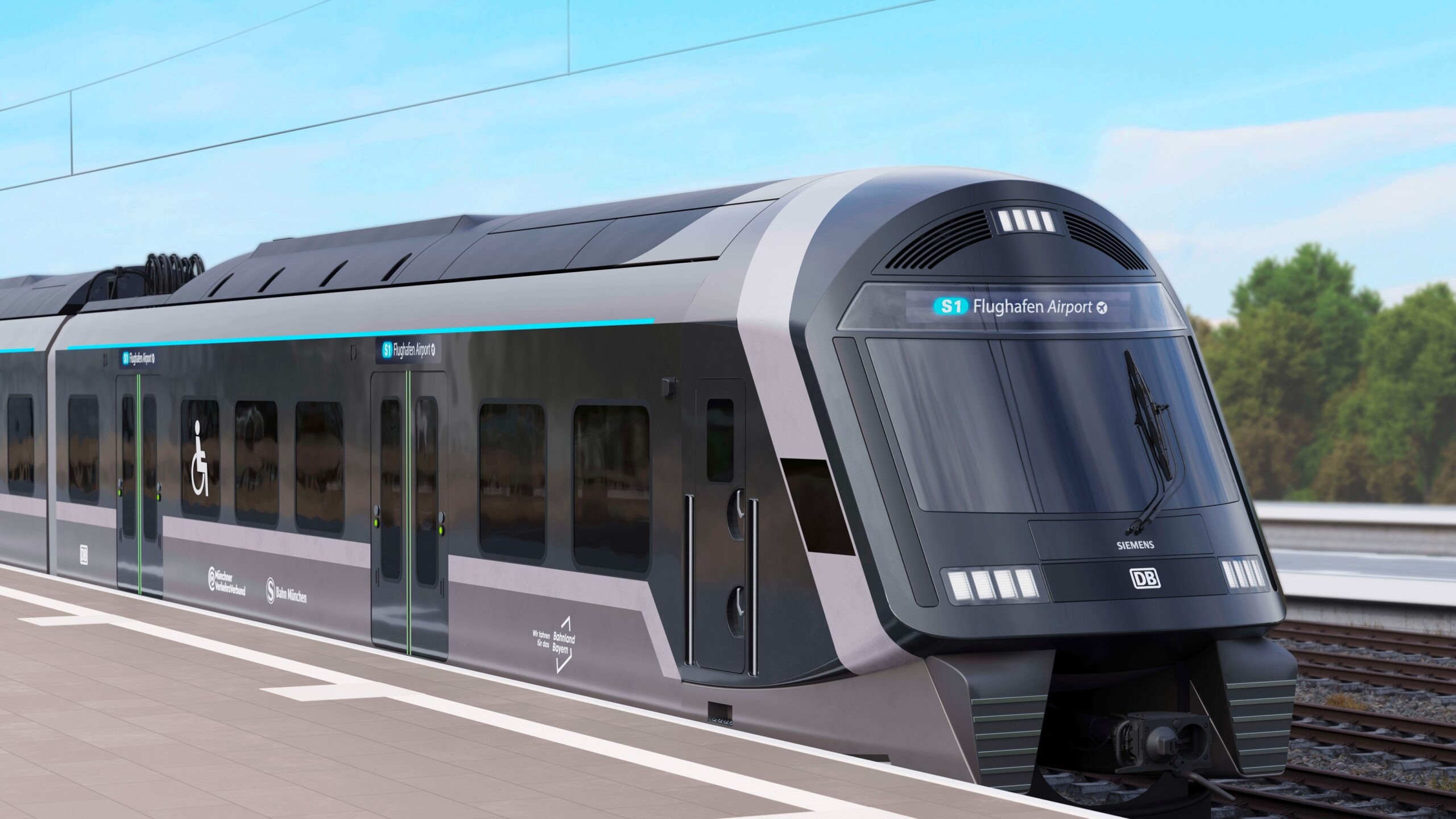
Munich’s U-Bahn (subway) and S-Bahn (commuter rail) are the most practical ways to get around. Both systems are run by MVV and use the same ticketing system.
The U-Bahn has 8 lines that serve the city center and nearby districts, while the S-Bahn connects you to the airport, outer suburbs, and nearby towns.
If you’re landing at Munich Airport, take the S1 or S8 directly to the city. S8 tends to be faster. Trains are clean, punctual, and air-conditioned.
There are digital displays and announcements in both German and English.
Buying tickets is simple:
- Use vending machines at stations (they accept cash or card)
- Download the MVV app for digital tickets and schedules
- Choose between single rides, day passes, or group tickets
A single ticket within the inner city zone costs around €3.90. If you plan to take three or more trips in a day, a day pass saves money. For longer stays, the IsarCard offers unlimited rides.
Night transport is available on weekends. On weekdays, U-Bahn stops around 1 AM. Always check the schedule for your last train to avoid surprises.
Trams and Buses: Slower But Scenic
Trams have a charm you won’t get from underground trains. They glide past monuments, parks, cafes, and historical buildings.
The best example is Tram 19, which takes you through iconic areas like Lenbachplatz, Nationaltheater, and Max-Weber-Platz.
Trams run from around 4:30 AM to midnight, and some night trams operate on weekends. They’re great for hopping short distances without dealing with stairs or long station walks.
Trams are especially useful in neighborhoods not directly served by U-Bahn or S-Bahn.
Buses in Munich are punctual and reliable. You’ll find them in every district, especially in residential zones and office parks. Some lines, like the ExpressBus X30, connect key areas quickly without stopping everywhere.
Tickets are the same across all modes. Just remember: validate your ticket if it’s printed. Onboard inspections are common, and the fines are steep—around €60.
Pro tip: Trams and buses show real-time arrival info on digital signs at stops. Trust those over printed schedules.
Car Rentals
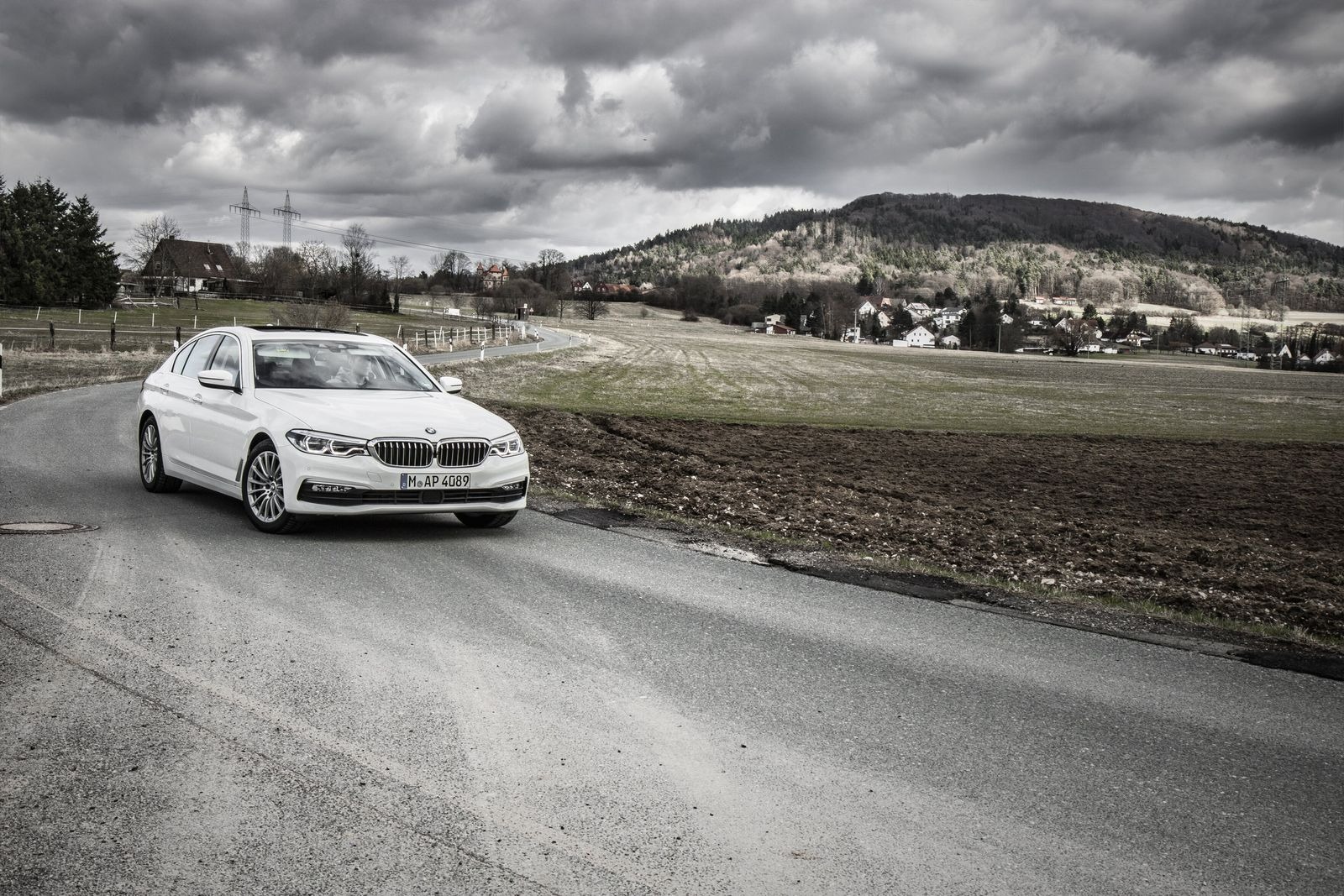
Renting a car in Munich is ideal when your itinerary includes castles, lakes, or Alpine villages. Once you’re outside the city, the Bavarian countryside opens up with smooth roads and stunning views.
You’ll find all major rental agencies—Sixt, Hertz, Europcar, Enterprise—at Munich Airport, the Central Station (Hauptbahnhof), and throughout the city. Booking online ahead of time usually offers the best rates and ensures availability, especially for automatics.
Requirements:
- Minimum age: Usually 21 (some require 23), with extra fees for under 25
- Driver’s license: EU license accepted; non-EU may need an International Driving Permit
- Credit card for deposit
- Passport or ID for verification
If you’re not used to driving in Germany, be aware of these facts:
- Most cars are manual—request automatic if needed
- Autobahns have no speed limit on certain stretches, but don’t push it if you’re unsure
- Parking in central Munich is limited and expensive
Apps like Parkopedia help you find garages or street parking. Or choose a hotel with parking included.
Premium Rentals and Personalized Experiences
If you’re not just visiting Munich but living it up, the standard rental won’t cut it. Munich caters to travelers with taste—those who want more than just keys and wheels.
Several agencies in the city specialize in high-end vehicles: Mercedes S-Class, Porsche 911, Audi A8, and even chauffeur-driven limousines.
Whether it’s for a corporate meeting, a red-carpet event, or simply because you like arriving in style, you’ll find the right car.
Luxury rentals usually include add-ons like:
- Professional chauffeurs with local knowledge
- Airport meet-and-greet services
- Hourly packages for events, parties, or sightseeing
- Personalized in-car extras like drinks, Wi-Fi, and privacy screens
If you want a full luxury experience—not just in transport, but in company—Louisa is a name that stands out. Louisa offers something many agencies can’t: authenticity.
Their approach centers around meaningful companionship through what they call the “Girlfriend Experience.” It’s tailored, private, and grounded in real connection.
Combine a sleek car, a tailored suit, and someone genuinely engaging next to you, and your evening transforms from simple travel into something memorable.
Taxis and Ride Apps: For When You Want a Direct Ride
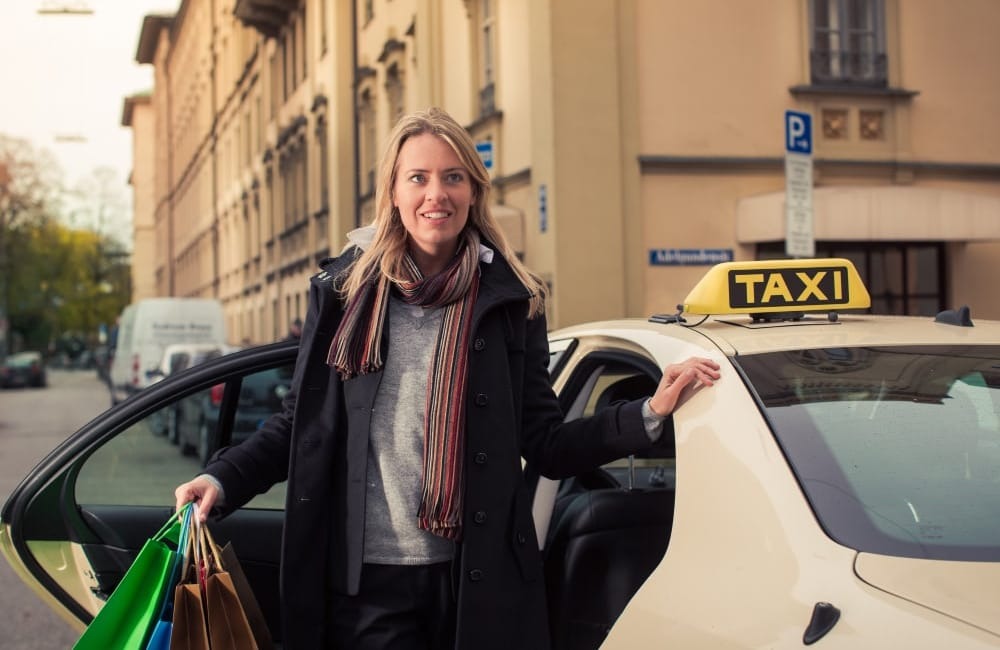
Taxis in Munich are cream-colored with a standard light on top. You’ll find taxi stands outside hotels, train stations, and major plazas. You can also book through:
- Free Now (app-based, widely used)
- Taxi.eu (book from browser or app)
- Phone-based dispatching through central taxi numbers
Taxis are metered. The base fare is about €5, and it goes up by roughly €2 per kilometer. Airport rides cost €65–€75 depending on traffic and time of day. Tipping isn’t mandatory but rounding up is normal.
Ride-hailing services like Uber are limited due to local regulations but still functional in some areas. Blacklane and MyDriver offer executive car services with professional drivers—perfect for business meetings or formal arrivals.
Use taxis if:
- You’re traveling with luggage or shopping bags
- Public transport isn’t running late at night
- You’re heading somewhere outside standard bus or train routes
Always ask if cards are accepted before the trip starts. Some taxis still operate cash-only.
Airport Transfers: The First and Last Impression
Munich Airport (MUC) is well connected. Located in Freising, about 40 kilometers from the city, it’s accessible by S-Bahn lines S1 and S8, which depart every 10 minutes and take around 35–45 minutes to reach the central station.
You can also take Lufthansa’s airport shuttle if you’re flying with them—it’s fast and has luggage space. Rental cars are available directly at the terminal if you’re hitting the road immediately.
Pre-booked transfers offer another option. Whether it’s a hotel car, business-class shuttle, or private van for families, they give peace of mind—especially if your flight arrives late or early.
Bikes and Scooters: Eco-Friendly and Fast
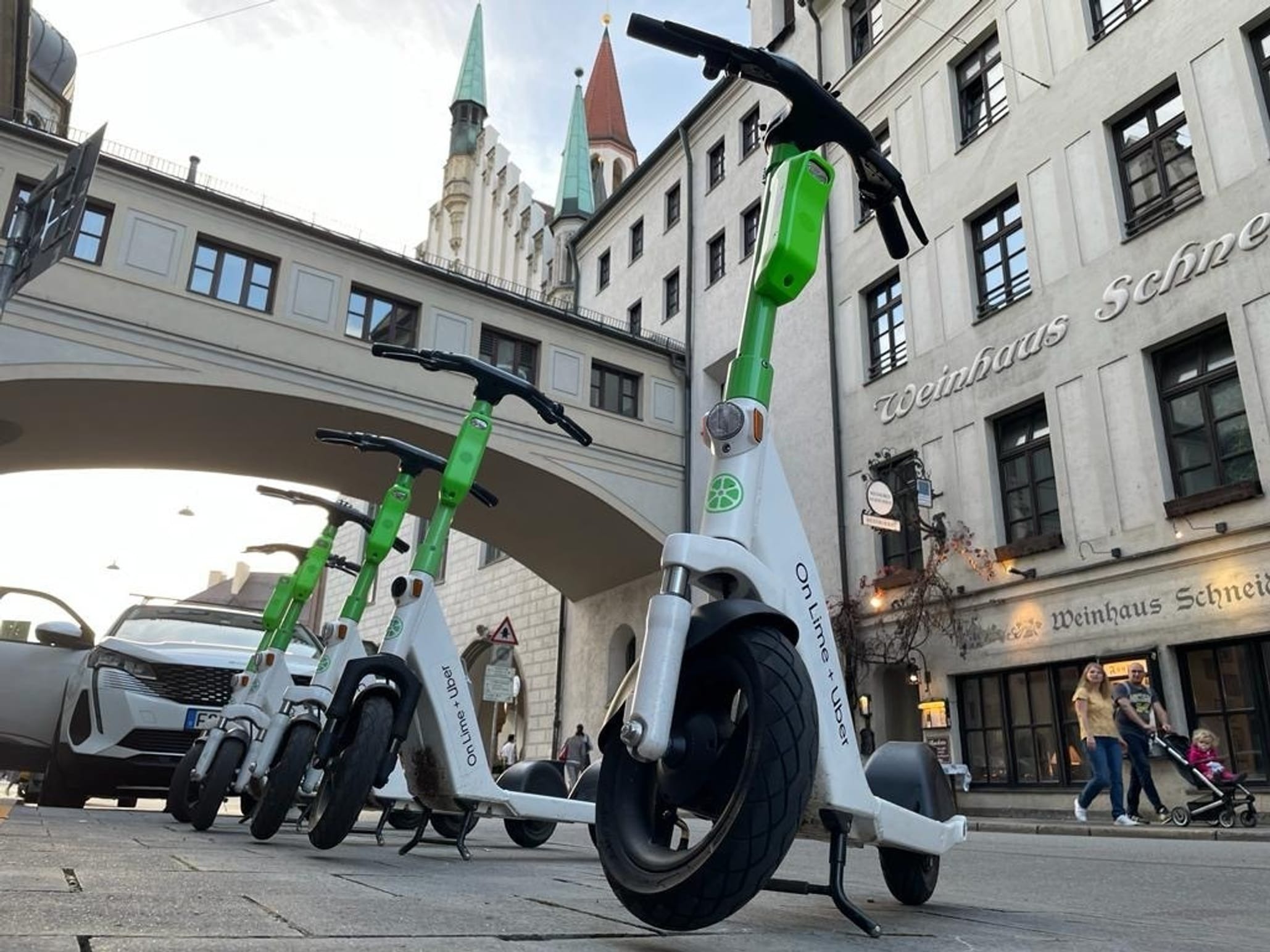
When the weather allows, Munich becomes a paradise for cyclists. Dedicated bike lanes crisscross the city. Rentals are available through:
- Call a Bike by Deutsche Bahn
- Donkey Republic (app-based pickup and return)
- Local bike shops near tourist zones
Daily rates range from €10–€15. Helmets aren’t mandatory, but they’re recommended.
E-scooters are all over the city. Tier, Lime, and Voi are the big players. You’ll need their apps to unlock, ride, and park responsibly. Stick to bike lanes or roads—never sidewalks. Fines start at €25 for parking in wrong zones or unsafe behavior.
Use scooters for short hops: hotel to café, station to museum, or just exploring.
Final Thoughts: Pick Based on What You Need Each Day
Munich’s transportation options give you total control. Use the S-Bahn for fast travel, the U-Bahn for local runs, and trams to enjoy the scenery.
Book a taxi when comfort or timing matters. Rent a car for trips outside the city, and try a bike or scooter on sunny afternoons.
No matter your travel style, you won’t feel limited. The city is built for people on the move—smart, efficient, and always on time.
Make the most of it, stay flexible, and plan each day based on your goals. Munich rewards travelers who know where they’re going—and how to get there.

